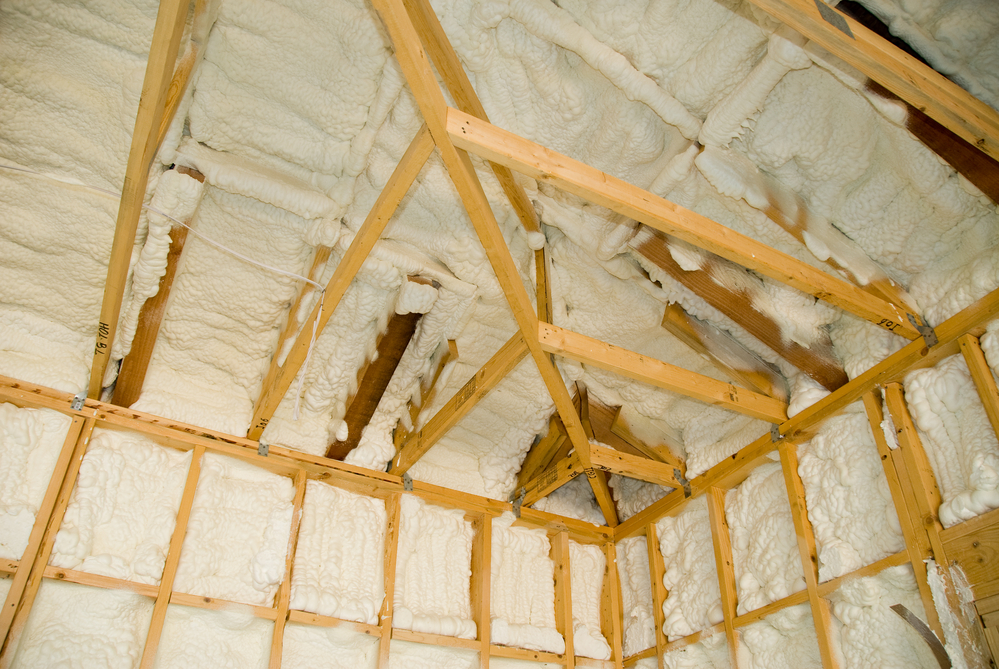A roof is composed of many parts, but one of the most important is insulation. It works hard to keep your home comfortable and efficient, especially during the intense Las Vegas summers. You want your house to be as well-insulated as possible. It prevents drafts, decreases utility bills, protects against mold and fire, and manages noise in your home. With all of the advantages of proper insulation, it’s critical to understand how to pick good materials. When deciding between blown-in and spray foam, there are a few things to keep in mind.
What Is Blow-In Insulation?
Fiberglass or cellulose comprise of the materials used for blown-in insulation. R-value is the measurement of how efficiently the material is working to keep heat both in and out of your home. After installation, cellulose material can settle, lowering its R-value.
Blown-in insulation fills nooks and crevices in your attic that are difficult to access. The recycled materials used to make it are a more environmentally friendly option. Blown-in is fire and mold resistant because it is more airtight than rolled batting.
WHAT IS FOAM SPRAY?
The polyurethane that is in spray foam expands and hardens after being sprayed. It conforms to the exact shapes and dimensions of the space as it grows. Due to this expansion, any cracks and holes are sealed, making spray foam an excellent choice for blocking drafts and reducing heat transfer.
Spray foam comes in two varieties: open cell and closed cell. The R-value of closed cell is significantly higher than that of open cell. Because the cells are totally encased, closed cell foam keeps moisture and air out completely. This is different from open cells which are not completely encased. This permits the foam to spread more than closed cell foam and cover more area.
THINGS TO THINK ABOUT WHEN SELECTING A MATERIAL
Both blown-in and spray foam insulation are excellent choices, but depending on your home’s demands and budget, one may be a better choice than the other.
COST
Since recyclable resources are used for blown-in insulation, it is less expensive than spray foam. Based on your area, region, and house needs, an insulation professional can provide you with an estimate for each type of insulation.
LONGEVITY
When you invest in a home improvement project, you want it to last as long as possible. Blown-in and spray foam insulation both have a long lifespan. Both types of insulation can last well over 50 years.
R-VALUE
We mentioned it earlier, but R-Value really is one of the most significant factors to consider when choosing an insulation type. A higher R-value indicates that the insulation is more effective, resulting in lower utility bills and a considerably more pleasant home. A high R-value may be more or less essential depending on where you are, but a greater R-value always improves a home’s efficiency. Because of its capacity to expand and seal, spray foam can provide the highest R-value by area.
To maintain your home’s pleasantness and efficiency, you’ll need good insulation. Spray foam and blown-in insulation are also excellent choices. A qualified expert at Rhino Roofing can advise you on the best options for your home and budget in Las Vegas.
Contact Us
If it is time to replace your insulation, or you are just looking for an upgrade to lower your utility bills, contact us today! We can set up a consultation to help you find out which option works best for you!


